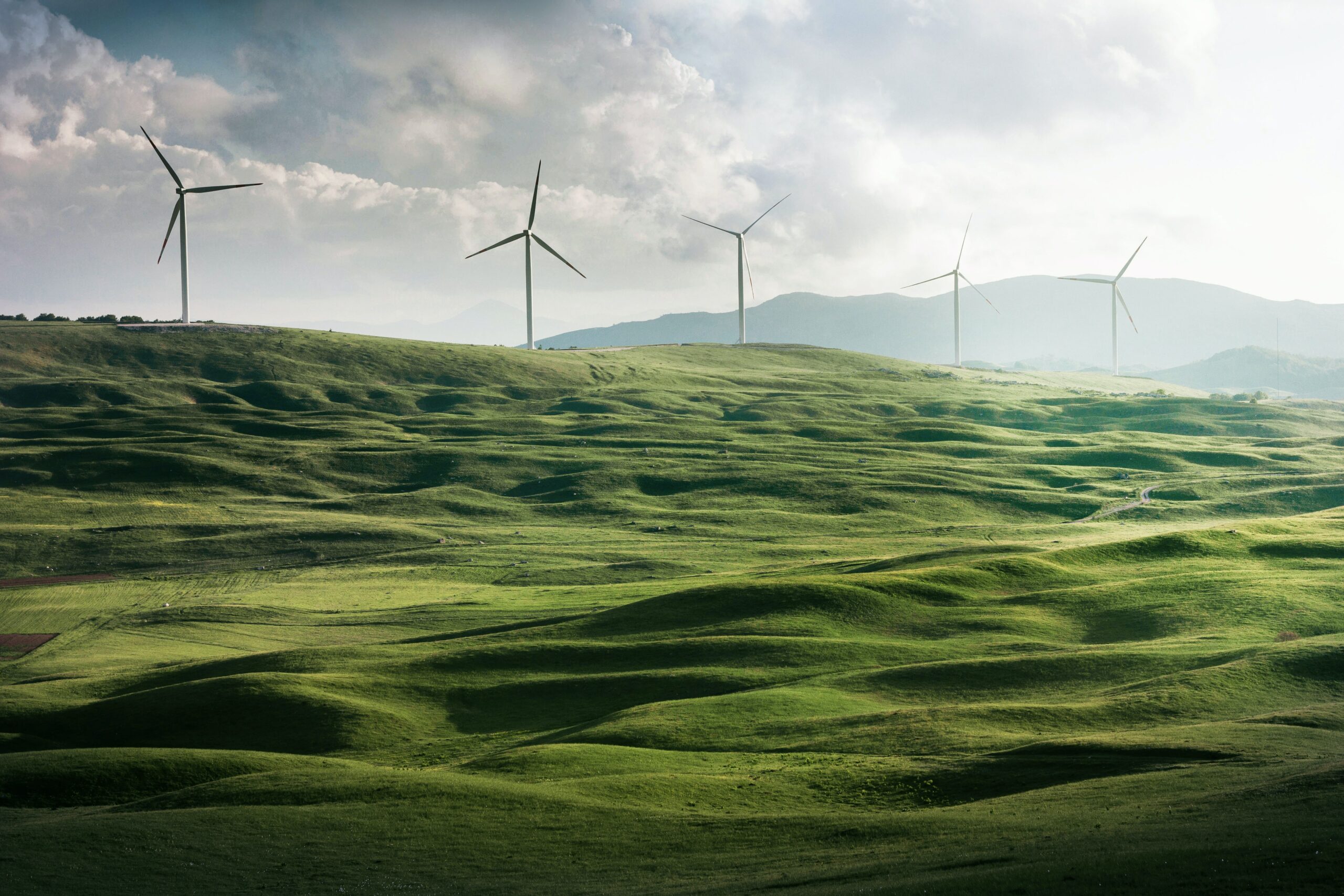Could the UK’s AI goal curb its future green energy promise?
The UK Government recently announced plans to implement a considerable increase to the amount of artificial intelligence (AI) computing power under public control by 2030. This push to deliver more AI datacentres consuming significant electricity over the next few years could be a potential barrier against another critical government target – to build enough low-carbon electricity projects to deliver a clean energy system for the future.
Green targets were, to many, considered ambitious but achievable, including the CEO of the National Energy System Operator (Neso), responsible for delivering the net-zero target. Despite the priorities of a net-zero future and taking climate action, the considerable energy appetite of an AI boom has increased concerns that the UK Government could hinder the commitment towards clean energy after making it one of its key government pledges.
To achieve the 2030 target based on current energy use, the government believes the nation will need to double its onshore wind, triple its solar power and quadruple its offshore wind capacity. The UK is also exploring major financial deals to increase new nuclear projects. Britain closed its last coal-powered facility last year, and the government has promised to significantly reduce its reliance on gas facilities to deliver a 95% carbon-free electricity system by 2030.
However, we’re still dependent on natural gas to fill the gaps with intermittent sources of renewable energy. This recently happened when the grid operator paid gas facilities rates up to 100 times higher than standard market prices to generate electricity as temperatures plummeted and national green energy generation declined. Kate Mulvany from Cornwall Insight explains that the modelling suggests that current trends suggest that achieving the 2030 targets will be particularly challenging. Mulvany is doubtful we can reach these targets based on our existing schemes and policies.
The impact of increasing AI consumption
Developing and maintaining servers that represent the core of AI is very energy-intensive, with additional requirements to train and operate sophisticated AI models. According to the International Energy Agency (IEA), the worldwide electricity consumption of datacentres is predicted to match to whole power consumption of Japan within the next few years. Mulvany believes a constant energy source is required to support data centres, to match their ongoing operating hours. New energy storage technologies could enable wind and solar energy to take this role in the future, but in the short term, the majority of markets with a large density of data centres depend on using more gas power.
The government plans include delivering AI growth zones that will enable rapid planning and infrastructure enhancements to accelerate the clean energy required to support data centres. This will likely involve grid upgrades supporting these data facilities to manage the increased volumes of power required to be generated and consumed. The grid must provide considerable energy infrastructure upgrades nationwide to connect new energy projects to the grid and support new housing and businesses.
The CEO of the National Grid has suggested that Britain needs to deliver five times as many pylons and underground lines over the next five years as were secured in the last 30 years to achieve, requiring investment in the national supply chains and training the necessary people. AI would only add further pressure to this. One industry representative explains that there are currently major competing priorities here, and they’re all energy-intensive.
The recent announcement includes plans to build a new AI energy council and increase investment in low-carbon energy for data centres, including renewables and nuclear facilities.
Mulvany believes that ministers need to carefully consider the challenges of prioritising AI and rectify any concerns associated with further growth. By focusing on AI, there is a danger that we reduce our priority on other core national areas.
A Neso representative stated that its 2030 clean energy plans recognised a rise in the energy demand associated with AI data centres, but not necessarily the recent government measures to significantly increase AI within public control by 2030.
Despite concerns over increasing AI, other industry representatives believe that emerging technologies could help reduce energy demand by making power systems more efficient or by making use of the heat produced by data centres to support nearby properties. A Government representative said the AI energy council would support the government to recognise energy demands and how to harness the opportunities of clean energy technologies.
For the latest Alternative Energy Jobs, Carbon Capture and Storage Jobs, Carbon Jobs, Carbon Management Jobs, Carbon Offset Jobs, Carbon Reduction Jobs, Clean Energy Jobs, Climate Change Jobs, Climate Crisis Jobs, Climate Emergency Jobs, Electricity Jobs, Energy Efficiency Jobs, Energy Jobs, Energy Management Jobs, Energy Saving Jobs, Energy Storage Jobs, Environment Jobs, Environmental Jobs, ESG Investment Jobs, Green Jobs, Hydrogen Jobs, Low Carbon Jobs, Microgeneration Jobs, Net Zero Jobs, Offshore Jobs, Offshore Wind Farm Jobs, Offshore Wind Jobs, Power Generation Jobs, Power Jobs, Power Storage Jobs, Renewable Energy Jobs, Renewable Jobs, Solar Energy Jobs, Solar Farm Jobs, Solar Jobs, Sustainability Jobs, Sustainable Energy Jobs, Sustainable Finance Jobs, Sustainable Jobs, Wind Jobs, Wind Turbine Jobs in the United Kingdom please visit – GreenJobs
For the latest Alternative Energy Jobs, Carbon Capture and Storage Jobs, Carbon Jobs, Carbon Management Jobs, Carbon Offset Jobs, Carbon Reduction Jobs, Clean Energy Jobs, Climate Change Jobs, Climate Crisis Jobs, Climate Emergency Jobs, Electricity Jobs, Energy Efficiency Jobs, Energy Jobs, Energy Management Jobs, Energy Saving Jobs, Energy Storage Jobs, Environment Jobs, Environmental Jobs, ESG Investment Jobs, Green Jobs, Hydrogen Jobs, Low Carbon Jobs, Microgeneration Jobs, Net Zero Jobs, Offshore Jobs, Offshore Wind Farm Jobs, Offshore Wind Jobs, Power Generation Jobs, Power Jobs, Power Storage Jobs, Renewable Energy Jobs, Renewable Jobs, Solar Energy Jobs, Solar Farm Jobs, Solar Jobs, Sustainability Jobs, Sustainable Energy Jobs, Sustainable Finance Jobs, Sustainable Jobs, Wind Jobs, Wind Turbine Jobs in Ireland please visit – GreenJobs (Ireland)
LOOKING TO HIRE TALENTED HUMAN GREEN ENERGY PROFESSIONALS?
We Can Help You To Find The Right Candidate & Save You Money.
For more information please contact us at – info@greenjobs.co.uk – quoting the following promotional code – GREENFUTURE0307


